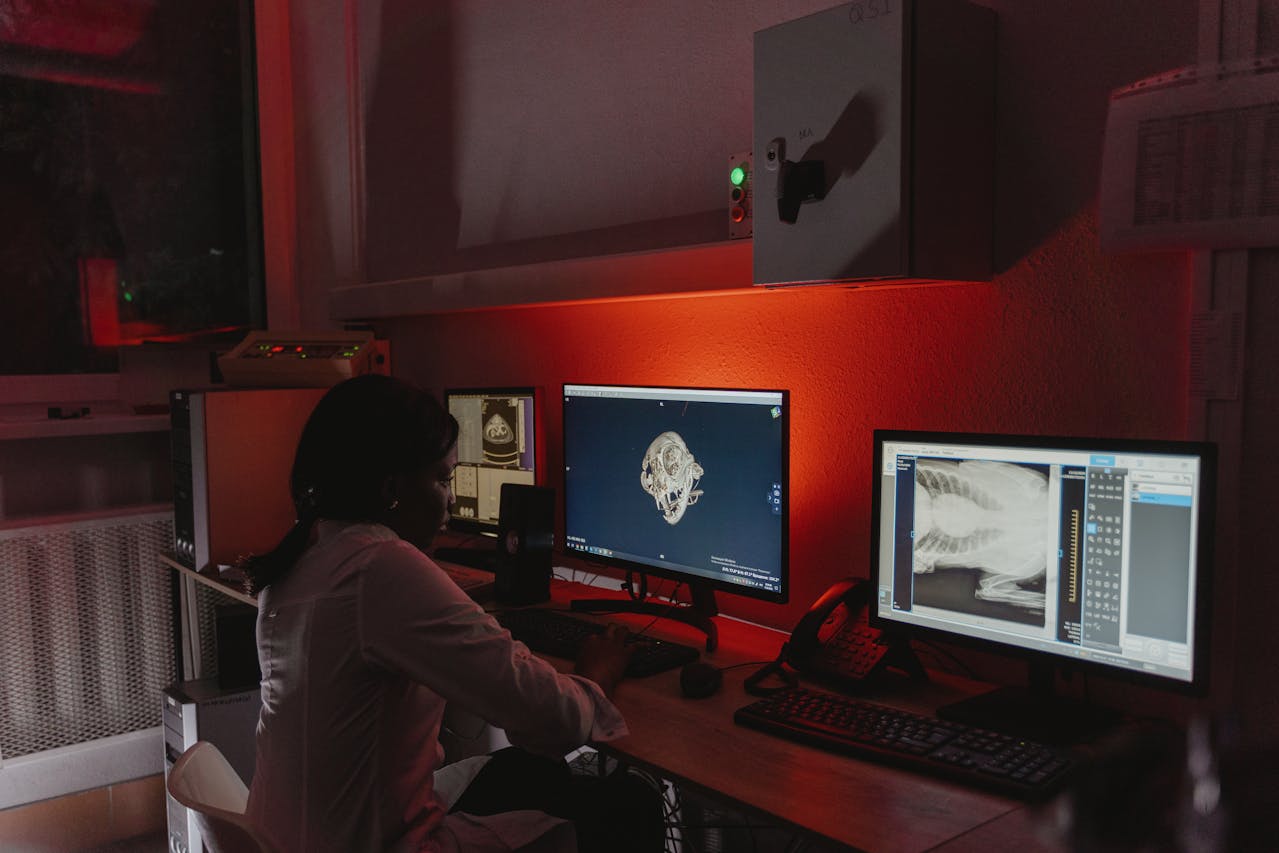When it comes to selling your home, logic plays a role — but psychology often seals the deal. Buyers don’t just look at square footage, roof age, or school districts. They make emotional, instinctive decisions based on how a home feels the moment they step inside.
That’s why home staging is such a powerful tool. It goes beyond cleaning and decorating — it’s about creating an atmosphere that taps into a buyer’s emotions and helps them envision a better version of their life in your space.
But what do buyers really notice? And how can you use staging psychology to your advantage, even on a budget? Let’s break it down.
🧠 Why Psychology Matters in Home Sales
Selling a home isn’t just a financial transaction; it’s a deeply emotional one. For buyers, it’s not only about finding a property — it’s about finding a place where they can imagine their future.
Here’s where psychology comes in:
- First impressions are instant. Studies show people form an impression of a home within the first 7–10 seconds. Staging helps make those first seconds count.
- Emotions drive decisions. Buyers may compare homes logically, but the one they fall in love with is often the one they buy.
- Clarity creates confidence. A staged home tells buyers how each space can be used, eliminating doubt and making it easier to commit.
Understanding these principles allows you to stage your home strategically, making buyers more likely to say, “This is the one.”
👀 What Buyers Really Notice (and How to Stage for It)
1. Curb Appeal and Entryways
The exterior of your home is the very first thing buyers see — and it sets the tone for everything that follows.
What buyers notice:
- Is the yard tidy and inviting?
- Does the front door feel welcoming?
- Is the entryway cluttered or clear?
Staging psychology tip: First impressions trigger emotional responses. A clean yard, fresh mulch, and a bright front door say “This home is cared for.” Inside, a clutter-free entryway signals warmth and organization, easing buyers into the tour.
2. Space and Flow
Buyers aren’t just buying walls — they’re buying square footage and how it feels to live in it.
What buyers notice:
- Does the home feel spacious or cramped?
- Can they move easily from room to room?
- Do rooms have a clear purpose?
Staging psychology tip: Arrange furniture to maximize flow. Remove bulky items that shrink the room. Define each space clearly (a dining room should look like a dining room). Empty spaces leave buyers confused; staged spaces create clarity and confidence.
3. Light and Brightness
Light plays a huge role in mood and perception. Dark spaces feel smaller and less inviting; bright spaces feel bigger and more cheerful.
What buyers notice:
- Are rooms bright and welcoming?
- Do windows allow natural light?
- Are lighting fixtures outdated or modern?
Staging psychology tip: Open blinds and curtains, replace dim bulbs, and use mirrors to reflect light. Adding lamps to darker corners instantly transforms the mood. Bright spaces trigger positive emotional responses and make buyers linger longer.
4. Cleanliness and Condition
Clean homes signal “well-maintained” — and that perception is powerful.
What buyers notice:
- Are kitchens and bathrooms spotless?
- Do surfaces shine, or do they show dirt and wear?
- Are there odors or fresh, neutral scents?
Staging psychology tip: A sparkling home tells buyers, “If the seller took care of the little things, they probably took care of the big things too.” Even older homes feel newer when they’re spotless.
5. Neutrality vs. Personality
Buyers need to imagine their lives in your home, not be distracted by yours.
What buyers notice:
- Are there too many personal photos or unique decor choices?
- Do bold paint colors or unusual furnishings dominate?
- Does the home feel like a “blank canvas” for their imagination?
Staging psychology tip: Neutral colors and simple decor create universality. That doesn’t mean sterile — you can still add warmth with cozy throws, plants, and tasteful accents. The key is balance: enough personality to feel inviting, but not so much that buyers can’t picture themselves there.
6. Lifestyle Cues
Staging is about selling a dream, not just a home. Buyers notice subtle cues that suggest the lifestyle they could have.
What buyers notice:
- Is the dining table set for a dinner party?
- Does the patio suggest relaxing summer evenings?
- Is the office space clean and productive?
Staging psychology tip: Highlight lifestyle moments. A reading nook, a staged outdoor dining area, or a spa-like bathroom setup creates emotional pull. Buyers start to imagine themselves living that life — in your home.
7. Smell and Sound
Our senses influence emotions more than we realize.



